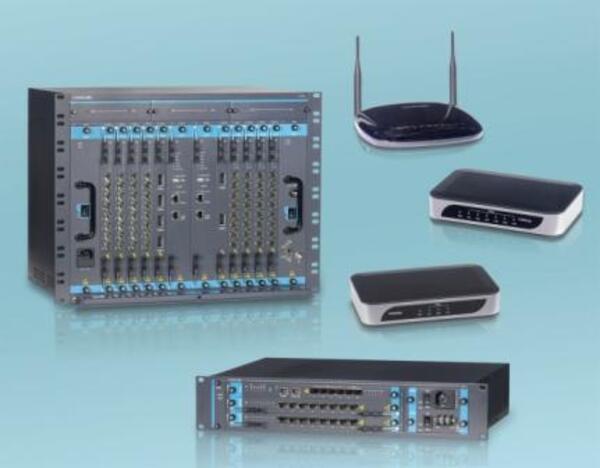
Let me be clear: CommScope offers both EPON and GPON technologies and is one of the few vendors in the world to do so. In this blog, I want to spotlight EPON as an alternative for a traditional Ethernet enterprise switch infrastructure.
Based on recent market numbers, EPON is the dominant Fiber-to-the-X (FTTx) technology worldwide. It remains the leader in terms of both revenue and port shipments. Currently, there are more than 40 million installed EPON ports. This makes EPON the most widely deployed PON technology. EPON is also the foundation for cable operators’ business services as part of the DOCSIS Provisioning of EPON (DPoE) specifications.
While early Europe and North America FTTx network deployments gravitated toward using the ITU/FSAN-incubated GPON technologies, in Asia, IEEE-developed EPON became the dominant fiber access technology. Government mandates and operator initiatives in Japan and South Korea made EPON the FTTx solution of choice.
According to Transparency Market Research and other telecom industry market research sources, the worldwide PON market surpassed $3.9 billion in 2013. The key factors driving this growth are a strong push by multiple-system operators (MSO) in China and the sustained bandwidth growth in Japan and Korea. This has resulted in an increase in worldwide PON spending with worldwide revenues topping $2.3 billion in 2013 and escalating to more than $13.5 billion by 2019.

The industry has specific vertical applications for which a PON infrastructure is extremely attractive. Among the most notable are government and military facilities, large campus environments, higher educational institutions and the hospitality industry. These markets are evaluating and designing EPON solutions because of their ability to reduce cost, power and space, along with other extreme benefits PON demonstrates in their vertical market environments.
With demands on performance, migration path capabilities, and upgradability to ever-increasing speeds, PON is the obvious choice for larger Enterprise deployment.
What FTTx solution have you considered deploying in your enterprise?







